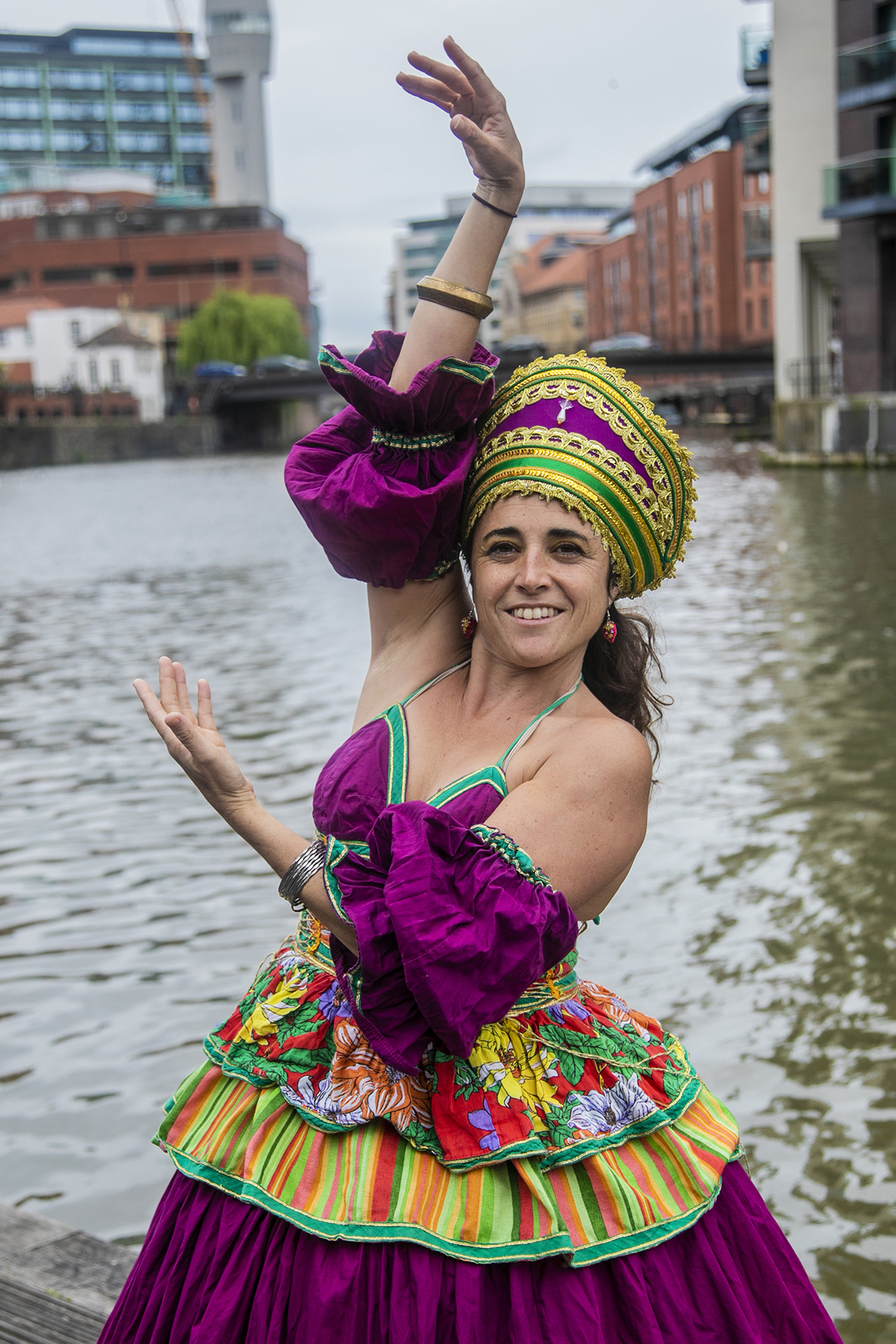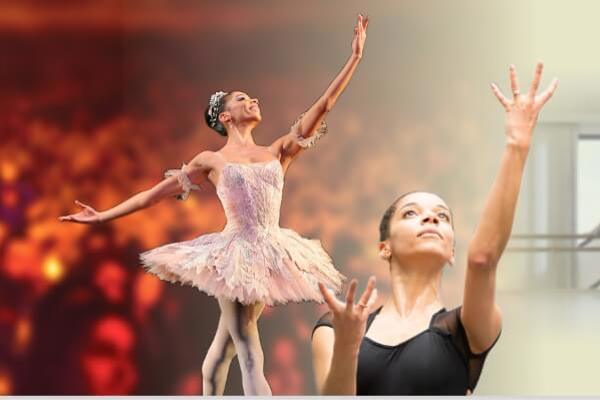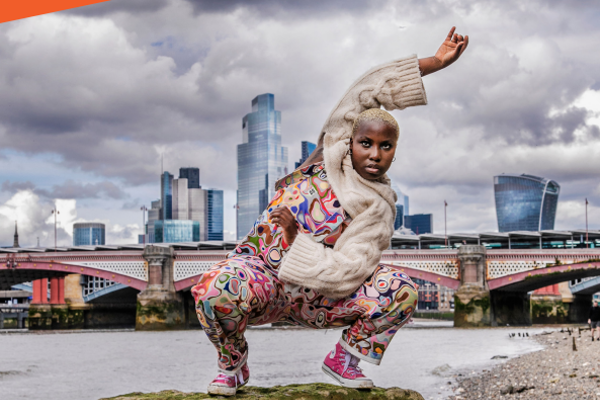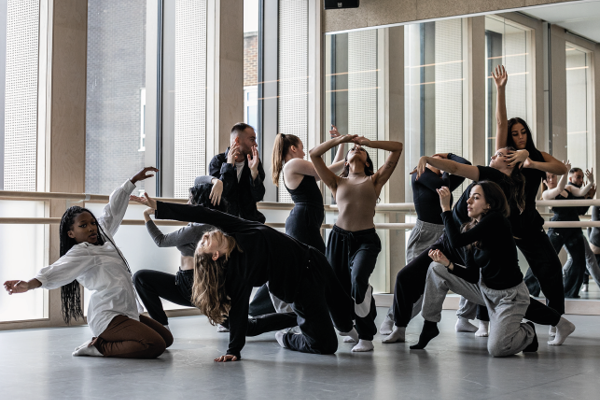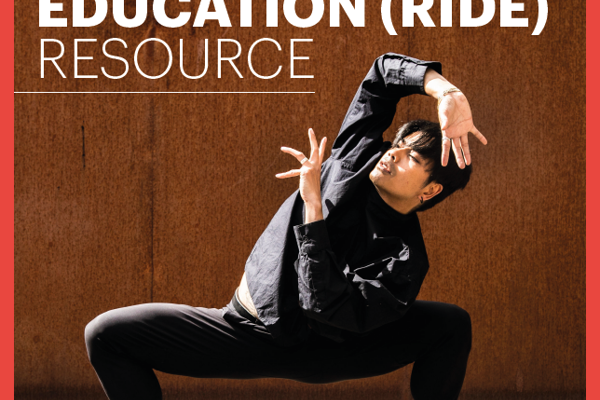For young people and the general public will include:
- A basic introduction to warming up and cooling down, nutrition and applied anatomy (including the growth spurt), demonstrated through the teaching.
- Clarity from the teacher for students and parents on why these are important and how they apply to healthy dance practice.
- Signposts to further information for students and parents.
For vocational dance students will include:
- The above and…
- Education in how the interrelated areas of anatomy, physiology, biomechanics, psychology and nutrition apply to dance practice and performance.
- Essential information on injury prevention and management.
- Essential information on the growth spurt.
- Dance spaces – what the requirements for safe and optimal dance practice are and how to mitigate risk in circumstances that aren’t ideal.
For dance teachers will include:
- The above and…
- The application of the above in and through the teaching of dance.
- Basic first aid and the contents of a dancer’s first aid box.
- Continuing Professional Development (CPD) on the above subjects to be undertaken at least biennially.
- Being a member of an appropriate network/organisation that will ensure access to up-to-date information and news of developments in the field.
Professional dancers, choreographers, directors and dance managers:
- Will keep themselves regularly updated on the latest best practice for dancers’ health, wellbeing and performance appropriate to their position.
Dance Medicine and Science researchers / practitioners:
- Will uphold their responsibility to disseminate research and application of relevant findings to dance educators to allow the above.
